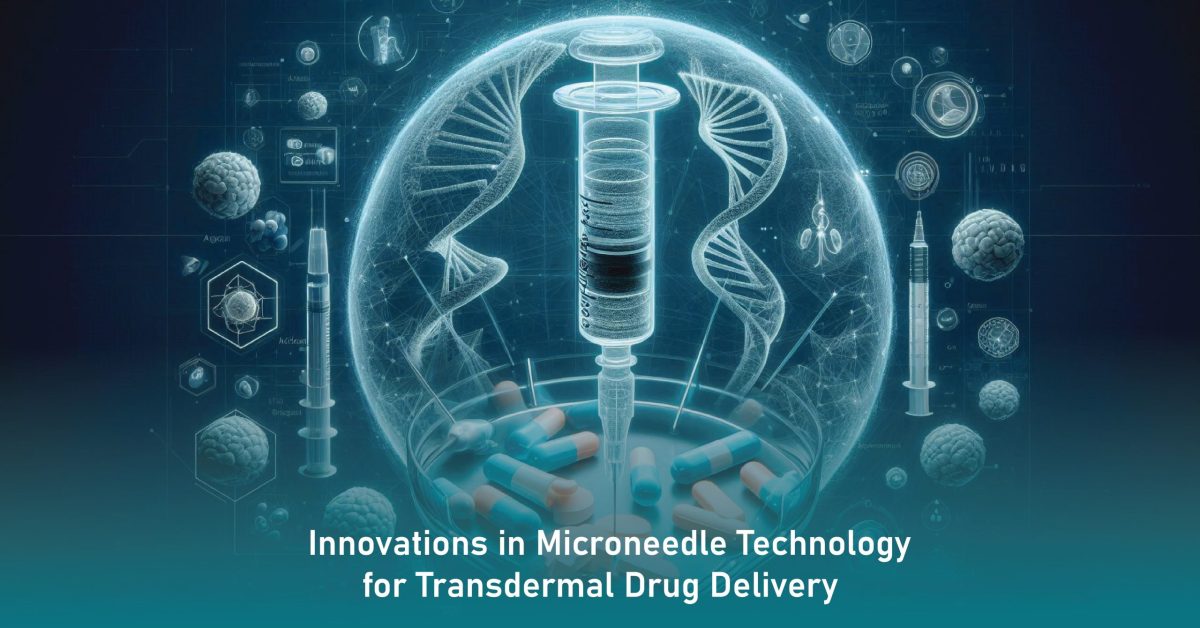Transdermal drug delivery has been projected for several years to provide a non-invasive, controllable mode of drug delivery among patients, providing dosage forms that can deliver drugs into the skin without necessarily passing the GIT. Systemic circulation fosters first-pass metabolism, resulting in better and more efficient bioavailability without “first-pass metabolism.” However, the limitations of prepared transdermal patches promise limitations in delivering expansive molecules or an adequate dose of the required drug. Enter microneedle technology, an innovative revolution in TDDS. Microneedle-like structures that form microchannels in the skin allow the delivery of drugs with enhanced permission without going much deeper into the skin to block the pain receptors. Microneedles work out to offer a prospective, painless, and efficient alternative to drug administration. This paper looks deeper into various innovations in microneedle technology, highlighting its potential to revolutionize the architecture of transdermal drug delivery.
Types of microneedles
It can be further classified as material-based and drug delivery mechanism-based classifications, which include: solid microneedles, coated microneedles, dissolving microneedles, and hydrogel-forming microneedles.
Solid micro needles
These needles are mainly used to form microchannels on the skin. Once the desired channel formation is done, the drug patch is delivered to the specific area to let the drug diffuse through those microchannels.
Coated Microneedles
The drug can be coated or attached to the microneedles. They will be rejected into the skin during administration. It will be accurate, and waste doesn’t occur in this case.
Dissolving microneedles
These types of microneedles are fabricated from biocompatible and biodegradable materials. They encapsulate the drug within. After they are injected into the skin, they are dissolved, and right at that site, the drug is rejected right into the dermal layers.
Hydrogel-forming Microneedles
These microneedles would swell upon insertion into the skin and form a hydrogel, which could act as a reservoir for the drug, allowing a sustained release over time.
